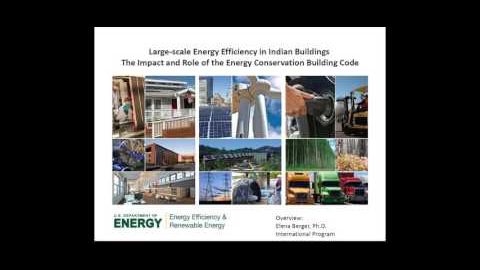
字幕與單字
印度建築的大規模能源效率 (Large-scale Energy Efficiency in Indian Buildings)
00
richardwang 發佈於 2021 年 01 月 14 日收藏
影片單字
floor
US /flɔr, flor/
・
UK /flɔ:(r)/
- n. (c./u.)(有特定目的的)樓層;地板;地面;樓層;底限;發言權;(汽車)底板
- v.t.把...打翻在地;使大為震驚;鋪地板
A1 初級多益初級英檢
更多 使用能量
解鎖所有單字
解鎖發音、解釋及篩選功能
